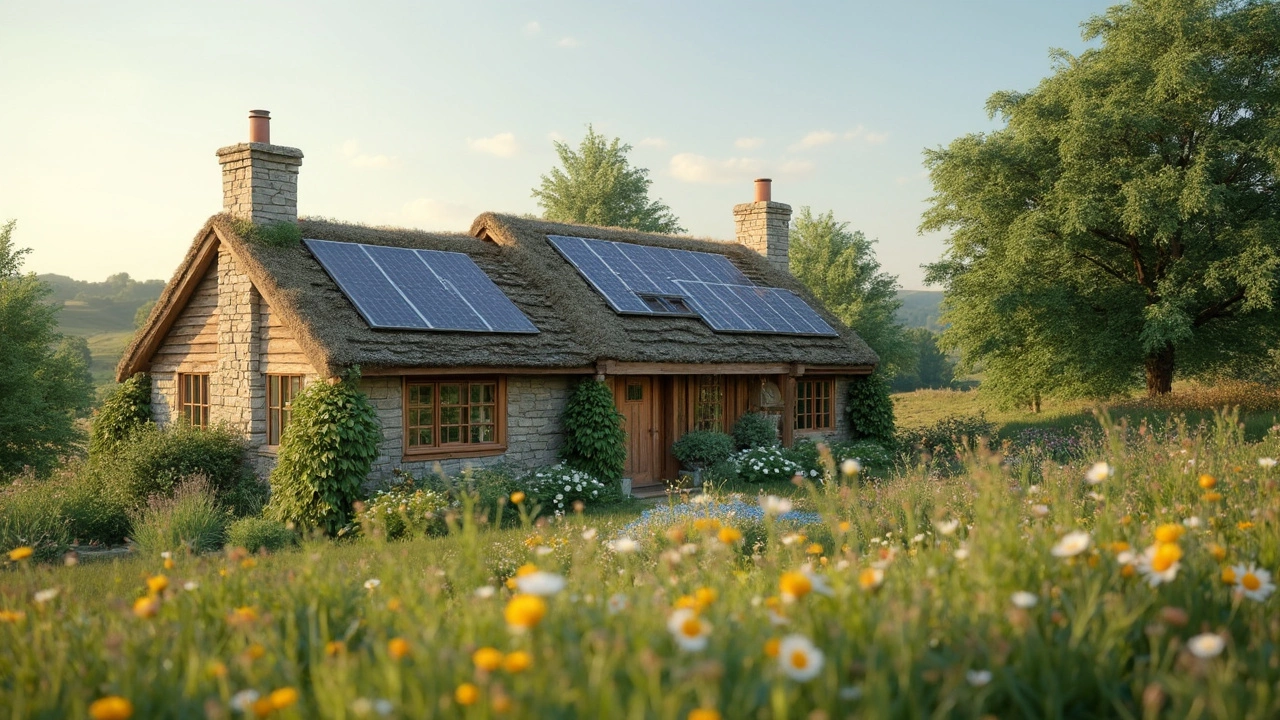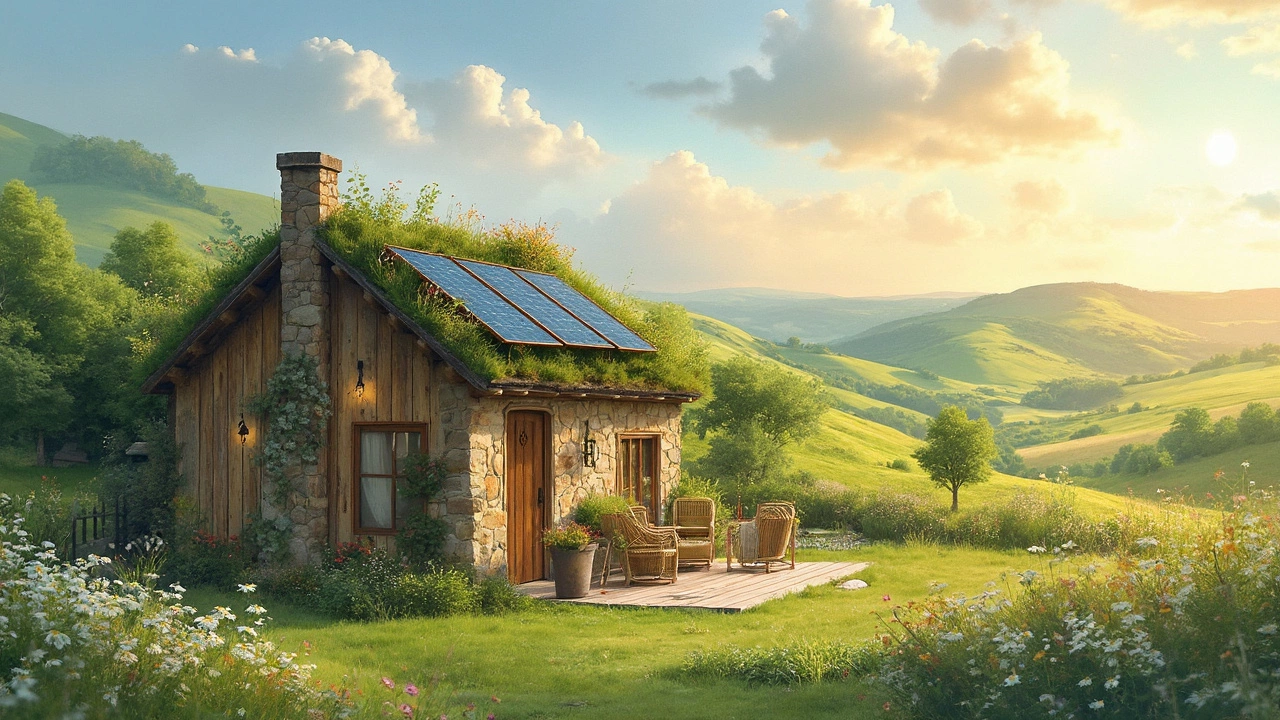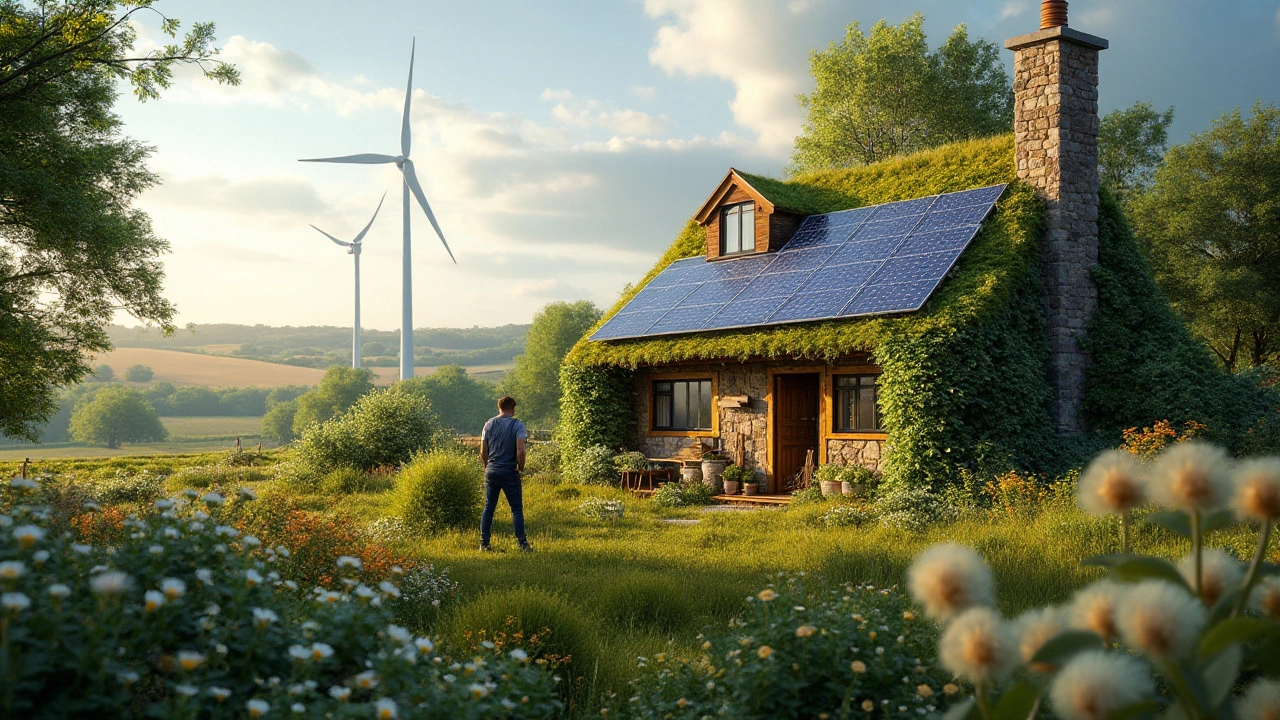
Sustainable Building: Practical Tips for Eco‑Friendly Homes
Thinking about building a greener house but not sure where to start? You’re not alone. Lots of people wonder if eco‑homes are pricey, what materials to avoid, and how to keep the project budget‑friendly. Below you’ll find simple, real‑world advice that cuts through the hype and helps you make smart choices.
How Much Does an Eco Home Really Cost?
One of the biggest myths is that sustainable houses break the bank. In our post “Are Eco Homes Expensive?” we broke down the main cost drivers: insulation, windows, and energy‑efficient appliances. The good news? Many of those items have dropped in price thanks to wider adoption. A solid triple‑glazed window used to cost double, but today you can find good options for 30‑40 % less. The trick is to prioritize upgrades that give you the biggest energy savings—think good insulation first, then high‑efficiency heating.
If you’re on a tight budget, look at the “Most Affordable Homes to Build in 2025” guide. Tiny houses, modular units, and simple rectangular footprints reduce material waste and labor hours. A basic modular home can be built for under $100 k in many regions, delivering a comfortable, low‑energy footprint without the custom‑home price tag.
Pick the Right Materials – What to Avoid
Not every building material is green. Our “Non Eco‑Friendly Building Materials” article lists common culprits: virgin plywood, PVC piping, and certain insulation foams that release harmful gases. Instead, opt for reclaimed wood, cork flooring, or cellulose insulation made from recycled paper. These alternatives often cost the same or less and give you a clear sustainability win.
Even small choices matter. Swap standard paint for low‑VOC (volatile organic compounds) options. They smell less and improve indoor air quality—something you’ll thank yourself for when the house is lived in.
Want a quick win? Upgrade your roof with reflective or green roofing. It cuts cooling costs and extends roof life, plus it adds a bit of curb appeal.
Balancing Benefits and Drawbacks
Eco homes sound perfect, but there are downsides. In the “Eco Home Disadvantages” piece we highlighted hidden costs like higher maintenance for certain renewable systems and the learning curve of managing solar power. The key is to plan for those expenses up front. Set aside a small reserve for maintenance, and choose systems with good local support.
Another practical tip: combine affordable building ideas with green upgrades. For example, a prefab shell can be paired with a solar‑ready roof, giving you the flexibility to add panels later when prices drop.
Finally, consider the long‑term savings. A well‑insulated, airtight home can save 20‑30 % on heating bills each year. Over a 20‑year mortgage that adds up to thousands of dollars—often enough to offset the initial eco‑premium.
Whether you’re buying a cottage near Loch Ness or building from scratch, sustainable building is about making smarter, not necessarily costlier, choices. Focus on the biggest energy gains first, pick low‑impact materials, and keep an eye on future upgrades. With these steps you’ll create a comfortable, green home without breaking the bank.


Eco-Friendly Cottages: Building for a Greener Tomorrow
Building sustainably is more than just a trend; it's a necessity for the planet. Eco-friendly cottages offer a fantastic way to combine comfort with environmental responsibility. From using recycled materials to harnessing solar power, there are numerous ways to reduce your carbon footprint. Discover practical tips and innovative ideas to construct cottages that not only look beautiful but also help preserve nature. Let's explore what makes a building truly sustainable.
Read More